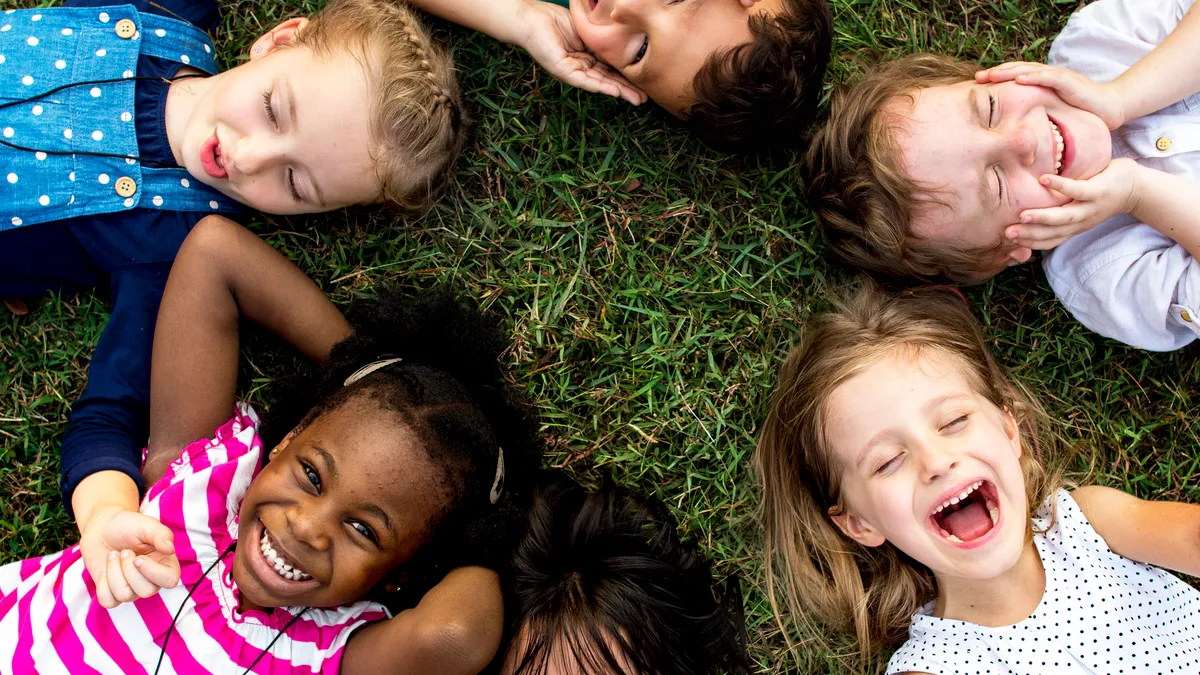Dive Brief:
-
Regular time spent outdoors, including in a school garden, can help elementary school students learn social-emotional learning skills like patience, self-regulation — and lead to an understanding that learning is a process that doesn’t always bring immediate results.
-
Allowing students to perform simple activities in outdoor spaces can accustom them to “the pace of the natural world,” said Ayesha Ercelawn, an education specialist with Green Schoolyards America, a nonprofit based in Berkeley, California, that advocates for greener school ground design.
-
“Whether watching a plant grow through the seasons or a caterpillar develop, or waiting for an edible plant to be ready, just as a few examples, students naturally learn about a slower pace and the value and need for patience,” Ercelawn said.
Dive Insight:
Having time in nature can help to reduce stress and anxiety, and it can benefit students of all ages — not just younger pupils, Ercelawn said. They can also begin to view that time as a pathway to use on their own when needed.
“Connecting with nature can be deeply calming and help students self-regulate more quickly,” Ercelawn said. “If they have regular access to nature, such as in a living schoolyard or a schoolyard forest, students can also develop the self-awareness to seek out nature themselves when they need to self-regulate.”
While outdoor school gardens and spaces are some options educators can tap into, there are other opportunities to bring students into contact with the outdoors. Outdoor activities that are part of a planned school trip can deliver both an academic lesson and an SEL learning moment, said Craig Bailey, director of early childhood at the Yale Center for Emotional Intelligence.
“Nature walks, outdoor field trips and planting are perfect opportunities to integrate SEL with academic learning,” Bailey said. “Most schools must demonstrate how experiences out of the classroom support academic learning, so this is something that must be a part of the outside SEL conversation.”
To integrate time outdoors into an SEL lesson on self-regulation, Bailey said, educators can ask students to note how they’re feeling outside. Then, they can make note of those sensations and see if they’re different from when they were inside a classroom. Becoming conscious of those feelings can help bring attention to them and help students return to those sensations and tools they used to get there in the future.
“With students, teaching them about noticing how their body changes when they go outside supports the self-awareness that supports their self-regulation,” Bailey said. “Taking a deep breath outside, in most places, helps with self-regulation through basic serotonin and cortisol responses.”







 Dive Awards
Dive Awards




